Home>Garden Essentials>When Is The Best Time To Plant Grass Seed In Wisconsin
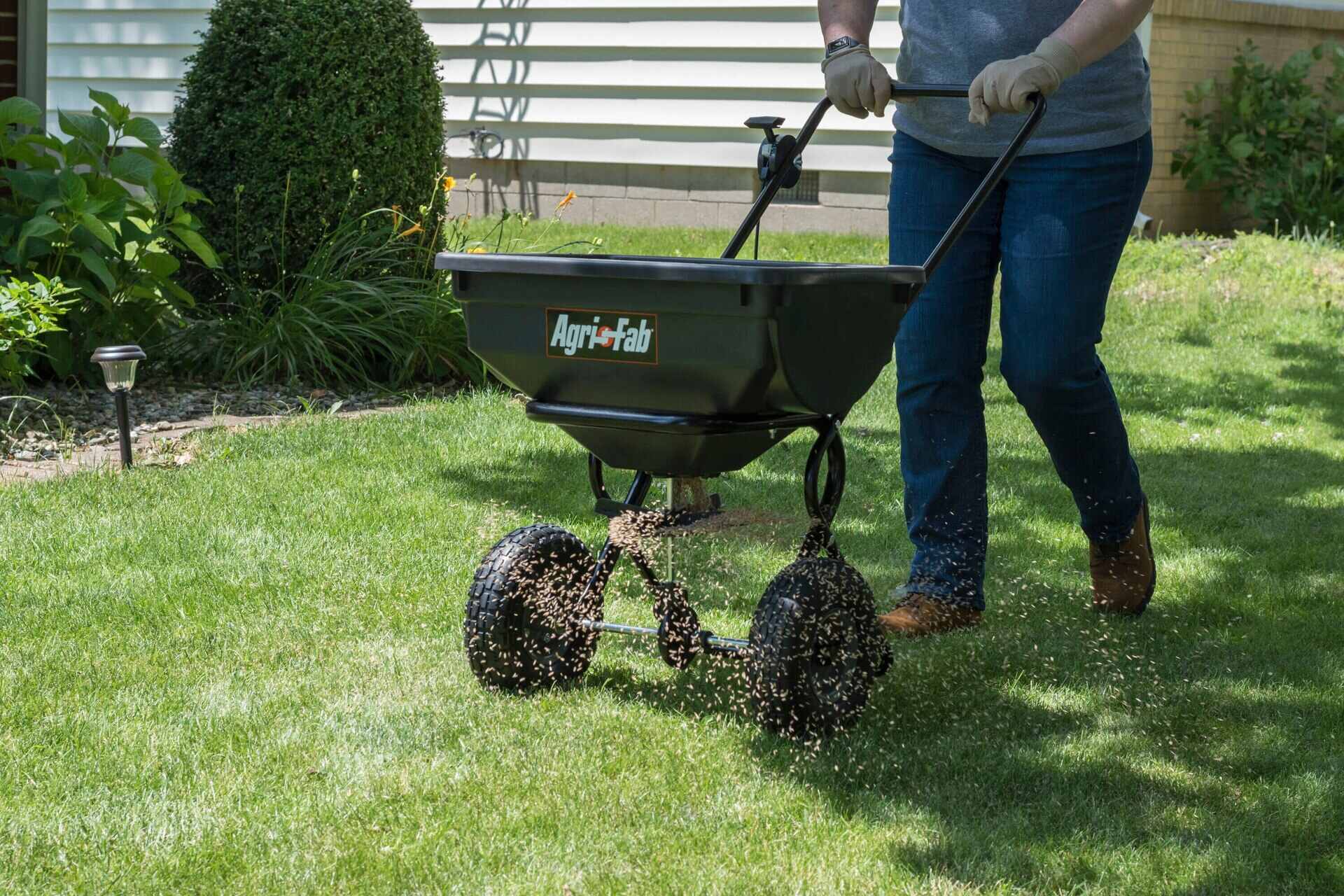

Garden Essentials
When Is The Best Time To Plant Grass Seed In Wisconsin
Modified: March 16, 2024
Discover the ideal time for planting grass seed in Wisconsin and get your garden ready for a lush, green landscape.
(Many of the links in this article redirect to a specific reviewed product. Your purchase of these products through affiliate links helps to generate commission for Storables.com, at no extra cost. Learn more)
Introduction
Welcome to the wonderful world of gardening in Wisconsin! If you’re looking to transform your patchy lawn into a lush green paradise, planting grass seed is the way to go. But when is the best time to do it? In this article, we’ll guide you through the process of planting grass seed in Wisconsin and help you determine the optimal time to get your garden blooming.
Wisconsin has a unique climate, characterized by cold winters and relatively mild summers. These weather conditions play a crucial role in determining the best time to plant grass seed. By understanding the climate and considering other important factors, you can ensure that your grass seed has the best chance of success.
Before jumping into the specifics of when to plant grass seed in Wisconsin, let’s explore some key factors that you need to take into account.
Key Takeaways:
- Spring and fall are both good times to plant grass seed in Wisconsin. Spring offers optimal growing conditions, while fall provides ideal weather and less weed competition for strong root establishment.
- Choosing the right grass seed variety, preparing the soil, and providing proper care are crucial for successful grass seed planting in Wisconsin. Consider factors like sunlight exposure and soil condition for best results.
Read more: When To Plant Grass In Wisconsin
Understanding the Climate in Wisconsin
In order to successfully plant grass seed in Wisconsin, it’s important to have a good understanding of the climate in this region. Wisconsin experiences a continental climate, which means that it has distinctly different seasons throughout the year.
Winters in Wisconsin can be harsh, with temperatures dropping well below freezing and heavy snowfall. This can make it challenging for grass seed to germinate and establish itself during this time. On the other hand, summers in Wisconsin are relatively mild and conducive for plant growth.
Another important factor to consider is the USDA hardiness zone for your specific location in Wisconsin. The state is split into several hardiness zones, ranging from 3b in the northern parts of the state to 5b in the southern regions. Knowing your hardiness zone will help you choose grass seed varieties that are suitable for your specific climate.
Now that we have a basic understanding of the climate in Wisconsin, let’s explore the factors you should consider before planting grass seed.
Factors to Consider Before Planting Grass Seed
When it comes to planting grass seed in Wisconsin, there are several factors that you should take into consideration to ensure successful growth and establishment. Here are a few key factors to keep in mind:
- Soil Condition: Before planting grass seed, it’s crucial to assess the condition of your soil. Wisconsin soils can vary widely in terms of composition and fertility. Testing your soil will help you determine its pH level, nutrient content, and any necessary amendments.
- Sunlight Exposure: Different grass varieties have varying sunlight requirements. Consider the amount of sunlight your garden receives throughout the day to select a grass seed variety that can thrive in those conditions.
- Disease Resistance: Certain grass species are more resistant to common diseases in Wisconsin, such as dollar spot or brown patch. It’s advisable to choose grass varieties with good disease resistance to prevent issues down the line.
- Drought Tolerance: In Wisconsin, periods of drought can occur, especially during the hot summer months. Selecting grass seed varieties that have good drought tolerance will help your lawn withstand dry spells and reduce water consumption.
- Foot Traffic: Consider how much foot traffic your lawn will experience. If you have children or pets who frequently play in the yard, opt for grass varieties that can handle high traffic without becoming overly damaged.
By taking these factors into account, you can make an informed decision when choosing the right grass seed variety for your Wisconsin garden. Now that we’ve covered the important factors, let’s dive into the pros and cons of spring and fall planting.
Spring Planting: Pros and Cons
Spring is a popular season for planting grass seed in Wisconsin. As the weather begins to warm up and the ground thaws, many gardeners are eager to start their gardening projects. Here are some pros and cons of spring planting to consider:
Pros:
- Optimal Growing Conditions: The mild temperatures and increased rainfall in spring create ideal conditions for grass seed germination and growth. The soil is still moist from the spring showers, providing the necessary moisture for the seeds to sprout.
- Faster Establishment: Grass seed planted in spring tends to establish itself more quickly, allowing you to enjoy a lush lawn sooner.
- Early Season Advantage: By planting in spring, your grass will have a head start and be more competitive against weeds that typically germinate later in the season.
Cons:
- Unpredictable Weather: Spring weather in Wisconsin can be unpredictable, with cold snaps and late frost occurring. These fluctuations can impact the germination and growth of grass seed.
- Increased Weed Competition: Spring planting coincides with the emergence of many weed species. Without proper weed control measures, your grass seedlings may have to compete with aggressive weeds for space, nutrients, and sunlight.
- Less Time for Establishment: If you plant grass seed in late spring, the growing season may be shorter, reducing the time available for the grass to establish strong roots before the harsh winter arrives.
Spring planting can be a great option if you are prepared to deal with potential weather challenges and implement proper weed control measures. Now, let’s explore the pros and cons of fall planting in Wisconsin.
Fall Planting: Pros and Cons
Fall is another opportune time to plant grass seed in Wisconsin. As the temperatures start to cool down and the summer heat fades away, the conditions become favorable for grass seed germination and establishment. Let’s take a look at the pros and cons of fall planting:
Pros:
- Optimal Weather Conditions: Fall offers cooler temperatures, ample rainfall, and less intense sunlight, creating ideal conditions for grass seed germination and root development. The soil retains warmth accumulated during the summer, promoting faster growth.
- Less Weed Competition: Many weed species natural life cycles wind down in the fall. By planting grass seed in the fall, you reduce the competition from weeds, allowing your grass to establish without interference.
- Extended Growing Season: Fall planting gives your grass seedlings a head start, ensuring they establish strong root systems before the harsh winter arrives. This gives your lawn a better chance of survival and healthier growth in the following spring.
Cons:
- Timing is Crucial: It’s important to time your fall planting properly to allow for adequate establishment before the first freeze. Planting too late in the season may not provide enough time for the grass seed to grow.
- More Maintenance Required: Fall-planted grass seedlings may require extra care and maintenance, such as regular watering and protection from heavy foot traffic, to ensure successful establishment.
- Increased Disease Pressure: Planting in the fall exposes your grass seedlings to potential diseases such as snow mold that can thrive in cool, moist conditions. Implementing proper lawn care practices can help mitigate this risk.
Fall planting can be advantageous, especially if you have the time and resources to properly care for your grass seedlings during the establishment period. Now that we’ve explored the pros and cons of both spring and fall planting, let’s move on to the best grass seed varieties for Wisconsin.
The best time to plant grass seed in Wisconsin is in late summer to early fall, typically from mid-August to mid-September. This allows the seeds to establish before winter and thrive in the following spring.
Read more: When To Plant Grass Seed In Wisconsin
Best Grass Seed Varieties for Wisconsin
Choosing the right grass seed variety is crucial for a successful lawn in Wisconsin. It’s important to select grass varieties that are well-suited to the climate and growing conditions of your specific region. Here are some top grass seed varieties recommended for Wisconsin:
- Kentucky Bluegrass: Kentucky Bluegrass is a popular choice for Wisconsin lawns due to its ability to withstand cold temperatures and adapt to a variety of soil types. It has a deep green color and fine texture, making it an attractive option for a lush and luxurious lawn.
- Fine Fescue: Fine Fescue is a cool-season grass that performs well in Wisconsin’s climate. It is known for its shade tolerance, drought resistance, and low maintenance requirements. Fine Fescue varieties, such as Chewings Fescue and Hard Fescue, are well-suited for lawns with moderate foot traffic and shady areas.
- Tall Fescue: Tall Fescue is a hardy grass variety that can handle the extreme weather conditions of Wisconsin. It has a deep root system that provides excellent drought tolerance and helps maintain a green lawn during hot summers. Tall Fescue is also known for its durability and can withstand heavy foot traffic.
- Perennial Ryegrass: Perennial Ryegrass is a fast-growing grass variety that establishes quickly and provides a lush, green lawn. It is known for its excellent wear tolerance, making it a great choice for lawns with high foot traffic or sports fields.
When choosing a grass seed variety, it’s essential to consider factors such as sun exposure, soil condition, and intended use of the lawn. Understanding the unique characteristics of each grass type can help you make an informed decision that suits your specific needs.
Now that we’ve covered the best grass seed varieties for Wisconsin, let’s dive into a step-by-step guide on how to plant grass seed in your Wisconsin garden.
Step-by-Step Guide to Planting Grass Seed in Wisconsin
Ready to transform your Wisconsin lawn into a beautiful green oasis? Follow these steps to plant grass seed successfully:
- Prepare the Soil: Start by preparing the soil for seeding. Remove any existing vegetation, rocks, and debris. Loosen the topsoil with a rake or garden tiller to create a loose, level surface.
- Test and Amend the Soil: Test the soil to determine its pH level and nutrient content. Based on the test results, amend the soil with lime or sulfur to adjust the pH if necessary. Add organic matter, such as compost, to improve soil structure and fertility.
- Choose the Right Grass Seed: Select a grass seed variety that is well-suited for your specific growing conditions and requirements. Consider factors such as sun exposure, soil type, and intended use of the lawn.
- Measure and Calculate: Measure the area of your lawn to determine the amount of grass seed needed. Follow the recommended seeding rate provided on the grass seed package to ensure you apply the proper amount.
- Spread the Seed: Using a seed spreader or by hand, evenly spread the grass seed over the prepared soil surface. To ensure good seed-to-soil contact, lightly rake the area or use a lawn roller to press the seed into the soil.
- Water the Seedbed: After seeding, water the area thoroughly but gently. Keep the soil consistently moist, but avoid overwatering, as this can lead to seed rot or wash away the seed. Water regularly until the grass seedlings reach a height of about 2 inches.
- Maintain Proper Care: As the grass seedlings begin to emerge, provide regular care to ensure their healthy growth. Mow the lawn when the grass reaches a height of about 3-4 inches, taking care not to remove more than one-third of the grass blade in a single mowing. Apply fertilizer according to the recommendations on the package.
- Control Weeds: Monitor your lawn for the presence of weeds and implement proper weed control measures. Hand-pulling or spot-treatment with herbicides can help keep weeds at bay and allow your grass seedlings to thrive.
- Establish Strong Roots: Allow the grass seedlings to establish strong root systems before the first frost hits. This will ensure a better chance of survival over the winter and healthier growth in the following spring.
By following these step-by-step instructions and providing the necessary care, you’ll be on your way to enjoying a beautiful, lush lawn in no time. Remember to adjust the steps to accommodate the specific grass seed variety you have chosen and the unique conditions of your Wisconsin garden.
Now that you know how to plant grass seed, let’s explore some essential tips for caring for your newly planted grass seed in Wisconsin.
Caring for Newly Planted Grass Seed
After planting grass seed in your Wisconsin lawn, proper care is essential to ensure successful germination and establishment. Here are some important tips to help you care for your newly planted grass seed:
- Keep the Soil Moist: Water the seeded area regularly to keep the soil consistently moist. Avoid overwatering, as it can lead to seed rot or water runoff. Aim for light and frequent watering to prevent the soil from drying out.
- Monitor and Adjust Watering: Keep a close eye on the moisture level of the seeded area. Adjust the watering frequency and duration based on the weather conditions. Watering may be needed more frequently during hot and dry periods.
- Avoid Heavy Foot Traffic: Limit foot traffic on the freshly seeded area to prevent damage to the delicate grass seedlings. Restrict access to pets and children, if possible, until the grass becomes more established.
- Mow Carefully: Once the grass seedlings reach a height of about 3-4 inches, it is safe to mow. Use a sharp mower blade and set it to a higher cutting height to avoid stress on the young grass. Be cautious not to remove more than one-third of the grass blade in a single mowing.
- Fertilize Appropriately: Apply a slow-release fertilizer to provide essential nutrients for the growing grass seed. Follow the instructions on the fertilizer package, and avoid over-fertilizing, as it can burn the newly germinated seedlings.
- Monitor for Weeds: Keep an eye out for any weeds that may appear alongside the grass seedlings. Hand-pull or spot-treat weeds with an appropriate herbicide, taking care to follow the instructions on the product label.
- Avoid Excessive Herbicide Use: Since the grass seedlings are still young and delicate, it’s best to avoid unnecessary herbicide usage during the early stages. Opt for mechanical weed removal methods until the grass becomes more established.
- Be Patient and Encourage Growth: Remember that grass seed takes time to fully establish and fill in the lawn. Be patient and provide the necessary care and maintenance to encourage healthy growth. With time, your newly planted grass will transform into a vibrant, lush lawn.
By following these tips, you’ll give your newly planted grass seed the best chance of success. Providing proper care and maintenance will help your grass seedlings develop strong roots and create a beautiful, durable lawn in Wisconsin.
Now that you’re equipped with the knowledge to care for your newly planted grass seed, it’s time to put it into action. Enjoy the process and the satisfaction of seeing your Wisconsin lawn flourish!
Should you have any additional questions or concerns, always consult with local gardening experts or extension services for personalized advice.
Happy gardening!
Conclusion
Planting grass seed in Wisconsin can be a rewarding endeavor that transforms your lawn into a lush and vibrant space. By understanding the climate, considering key factors, and choosing the right time to plant, you can set yourself up for a successful lawn project.
Spring and fall are both viable options for planting grass seed in Wisconsin, each with its own advantages and disadvantages. Spring planting offers optimal growing conditions but comes with the risk of unpredictable weather and increased weed competition. Fall planting provides ideal weather conditions and less weed competition, allowing grass seedlings to establish strong roots before winter. It’s important to weigh these factors and choose the planting time that aligns best with your preferences and the specific needs of your lawn.
When selecting grass seed varieties for your Wisconsin lawn, consider factors such as sunlight exposure, soil condition, and intended use. Grass varieties like Kentucky Bluegrass, Fine Fescue, Tall Fescue, and Perennial Ryegrass are well-suited for the Wisconsin climate and can thrive in different growing conditions.
Follow a step-by-step guide for planting grass seed, ensuring proper soil preparation, seed spreading, and watering. Caring for newly planted grass seed involves keeping the soil moist, avoiding heavy foot traffic, mowing with caution, and providing appropriate fertilization. Monitoring for weeds and encouraging healthy growth are also important aspects of caring for your newly planted grass seed.
Remember, gardening is a process that requires patience, care, and attention. With proper planning and maintenance, your Wisconsin lawn will flourish, providing a beautiful green space for you and your loved ones to enjoy.
So, roll up your sleeves, grab your gardening tools, and get ready to embark on a journey to create a stunning lawn in Wisconsin. Happy planting!
Frequently Asked Questions about When Is The Best Time To Plant Grass Seed In Wisconsin
Was this page helpful?
At Storables.com, we guarantee accurate and reliable information. Our content, validated by Expert Board Contributors, is crafted following stringent Editorial Policies. We're committed to providing you with well-researched, expert-backed insights for all your informational needs.
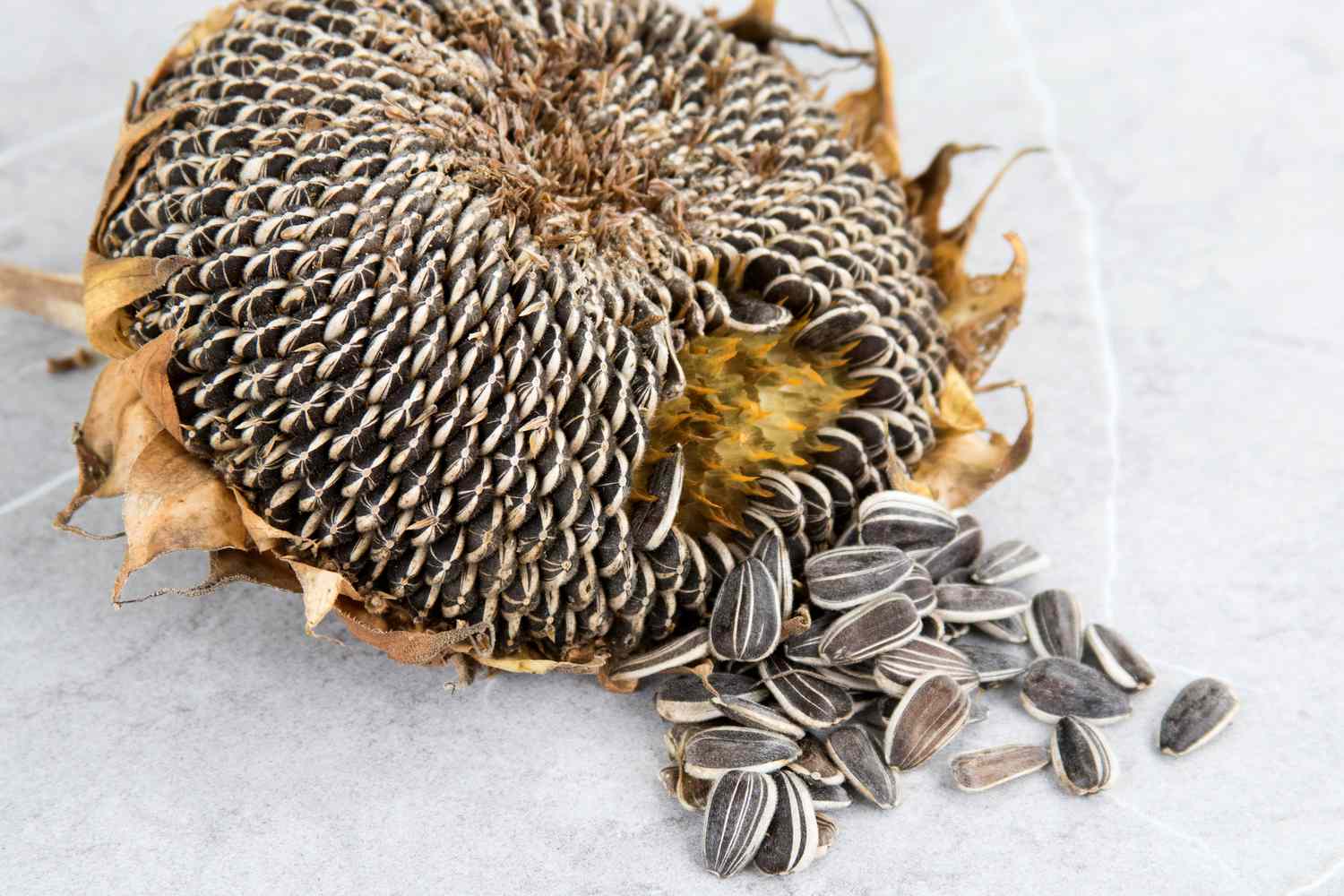
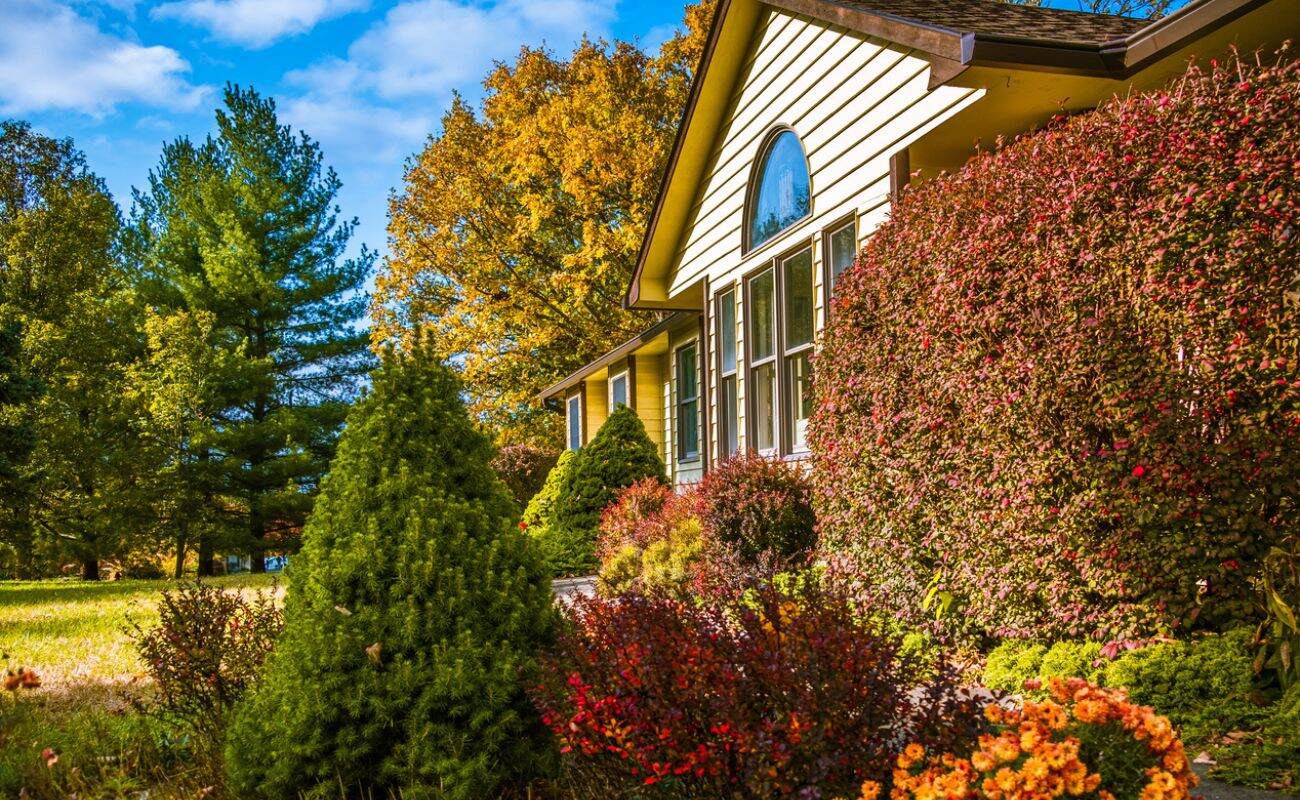
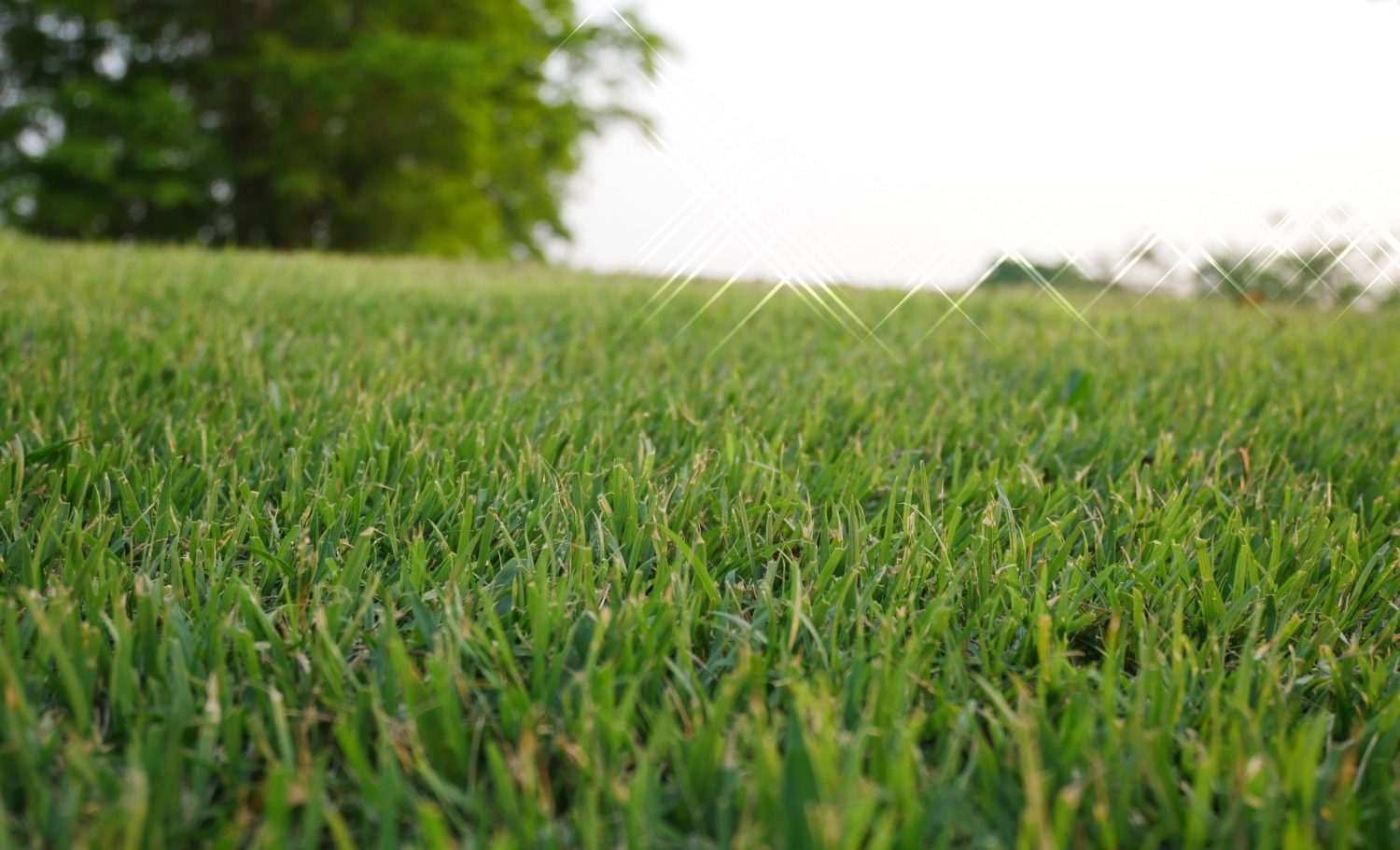
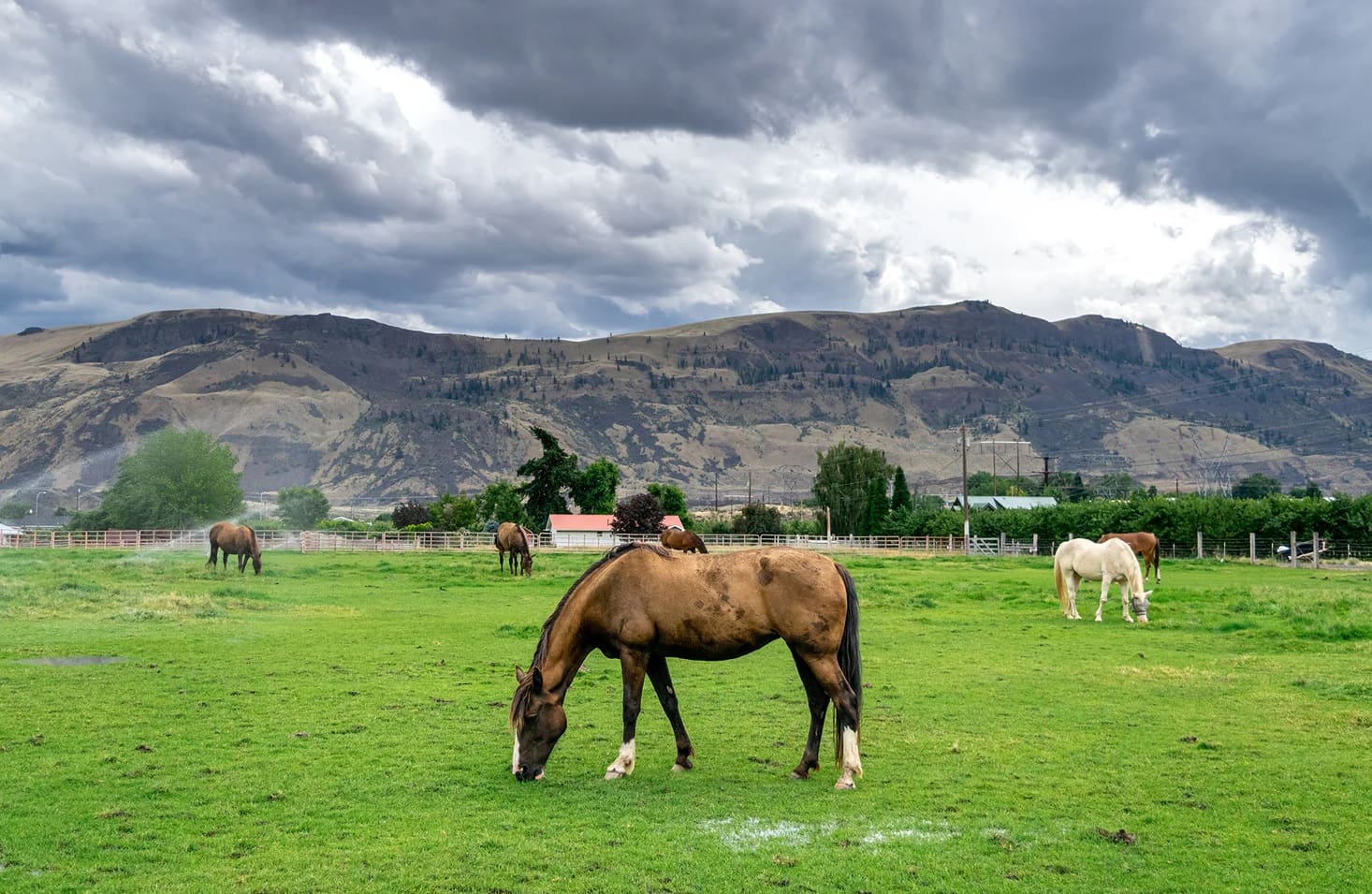
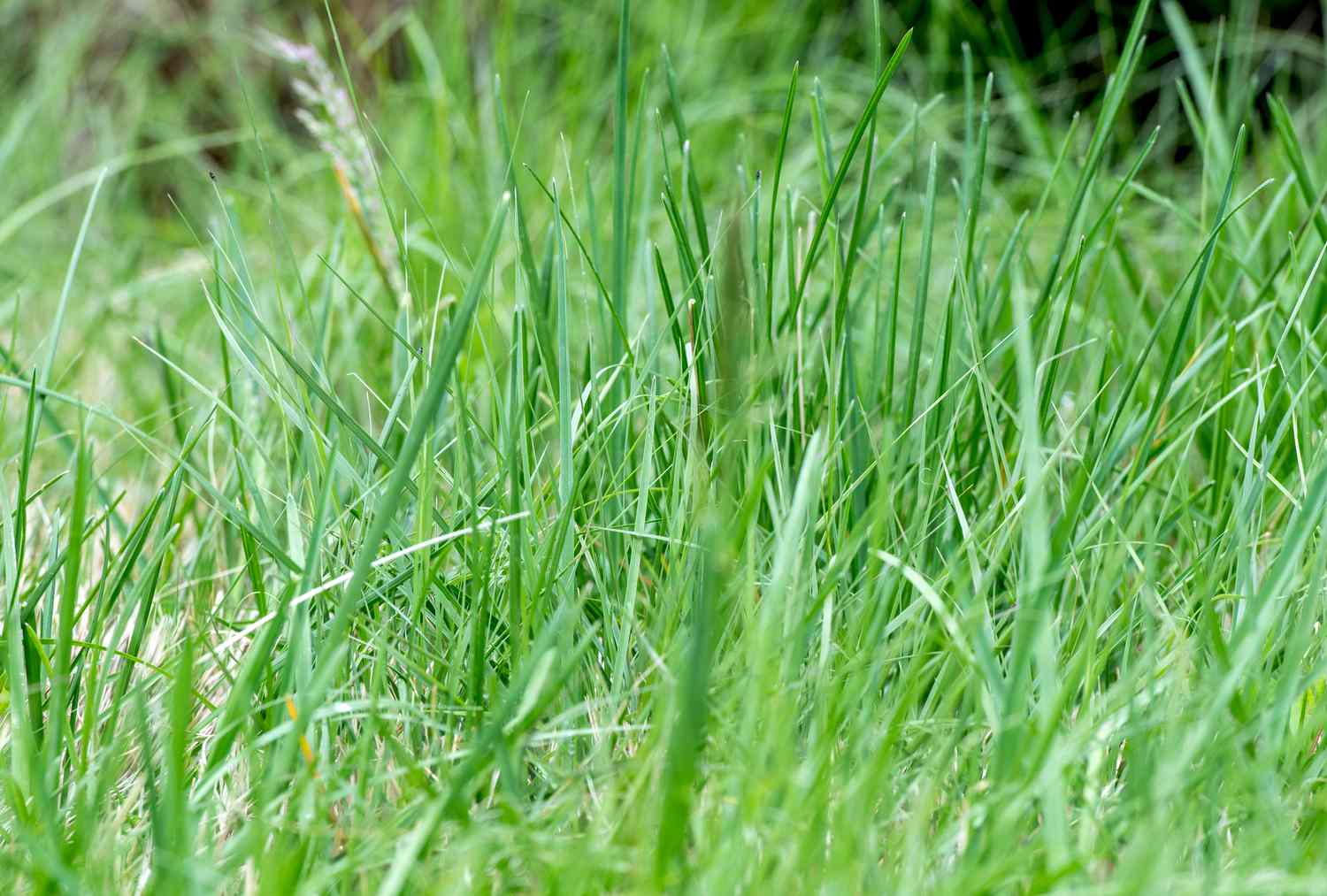
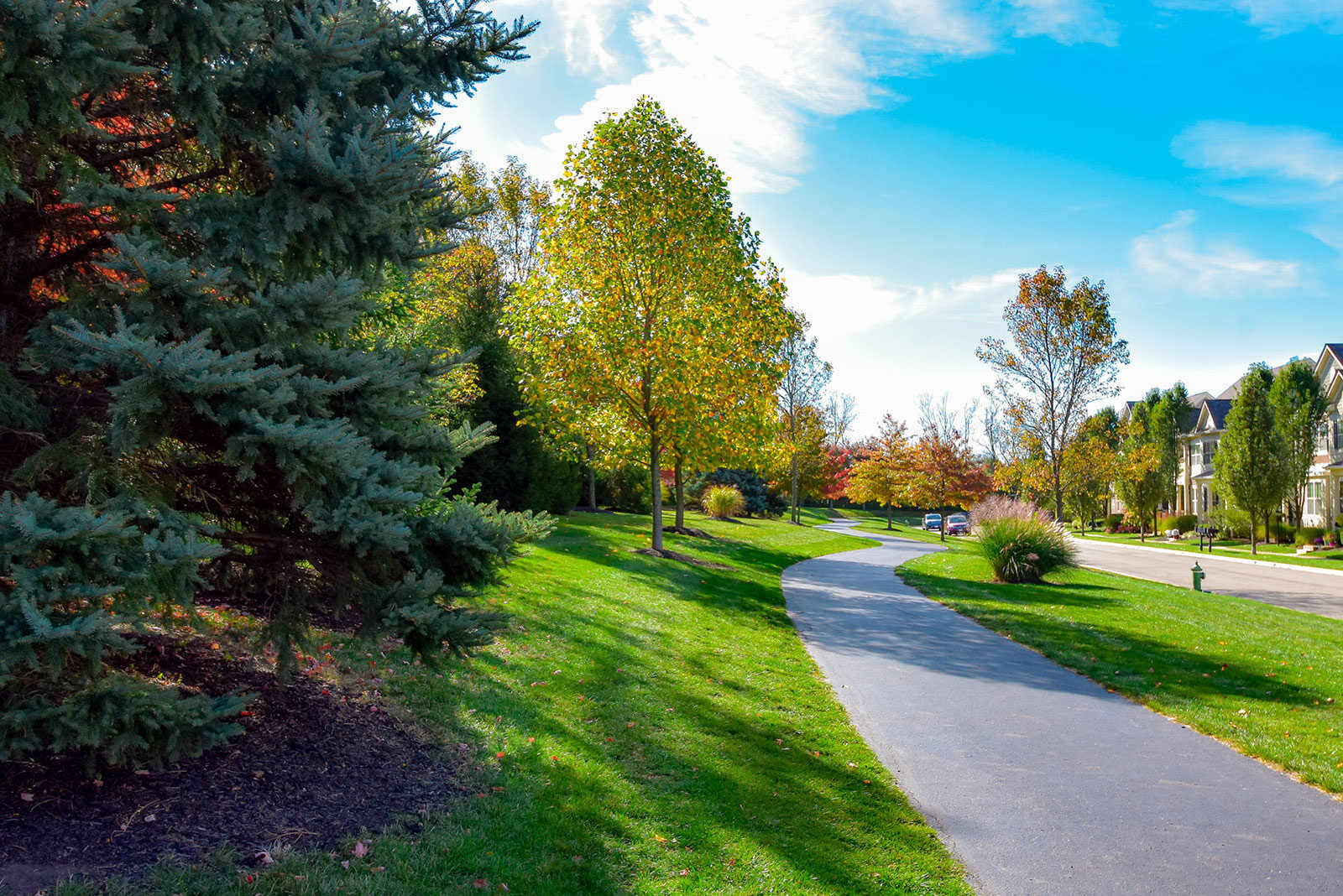
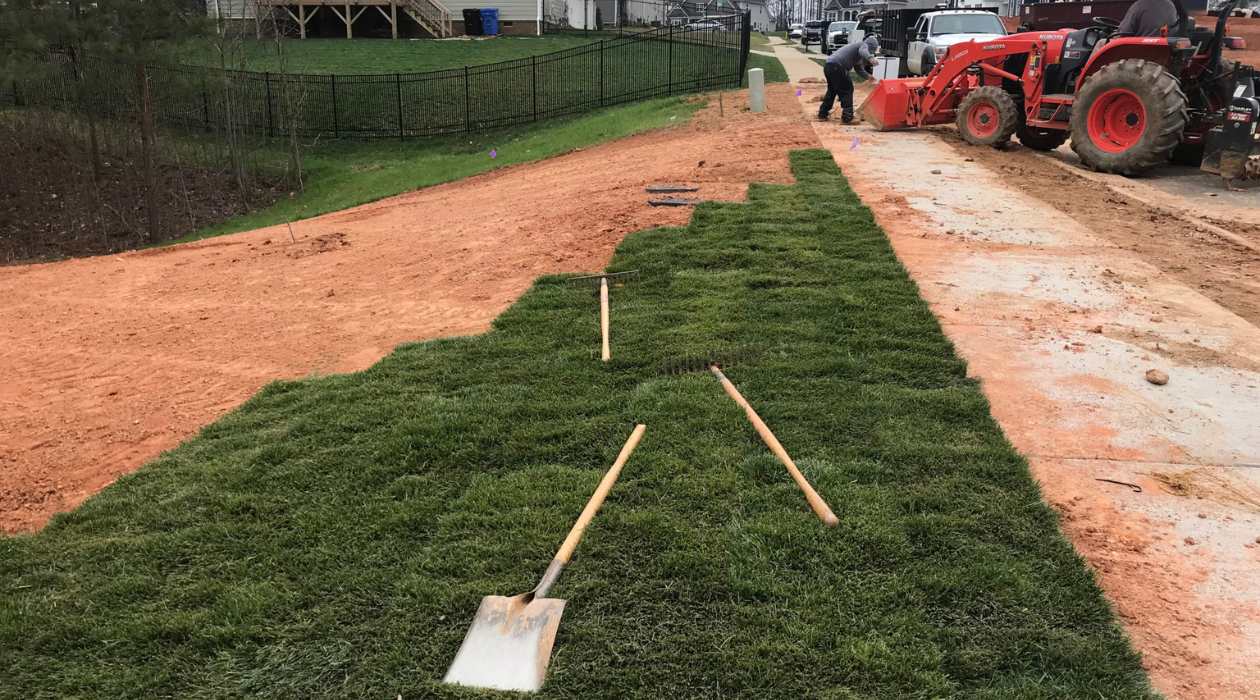
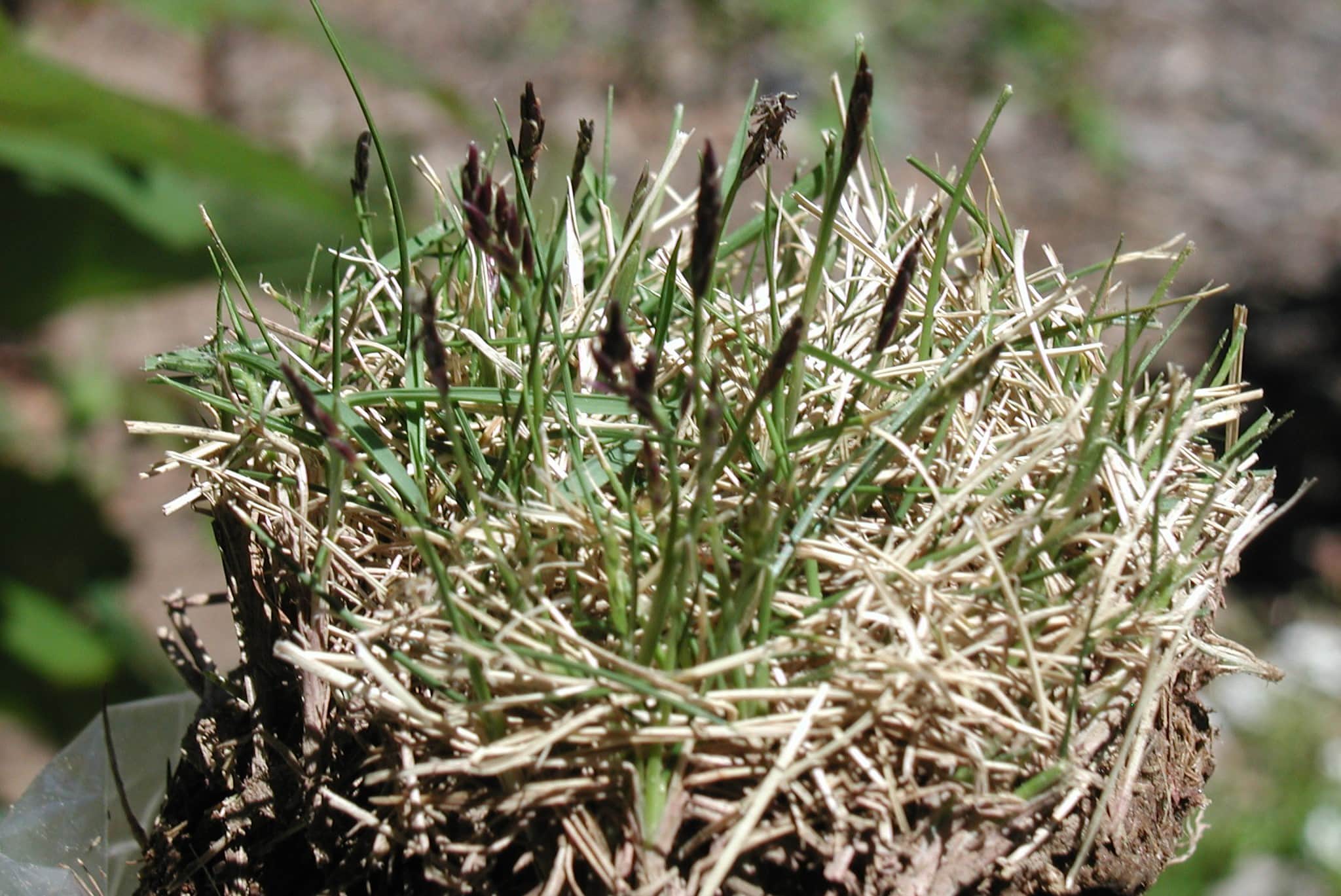
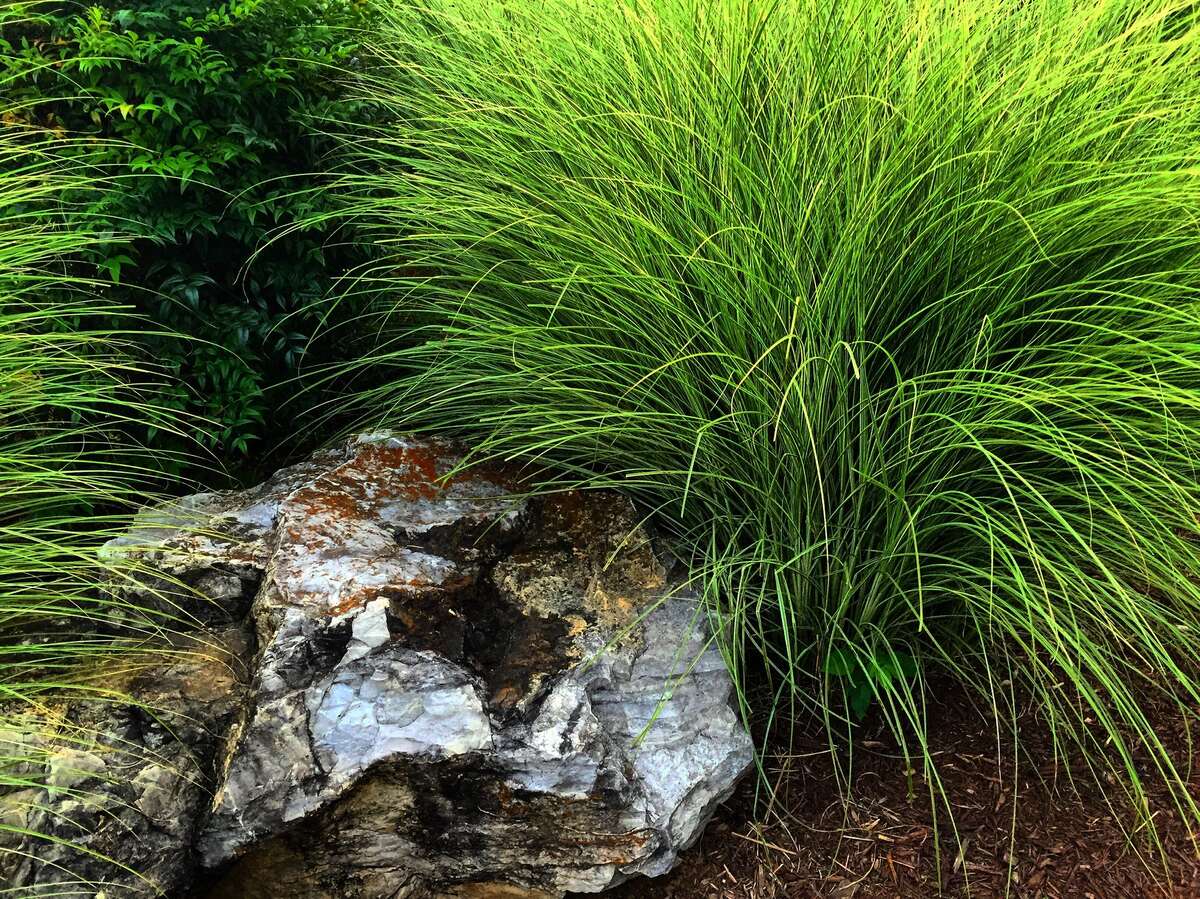
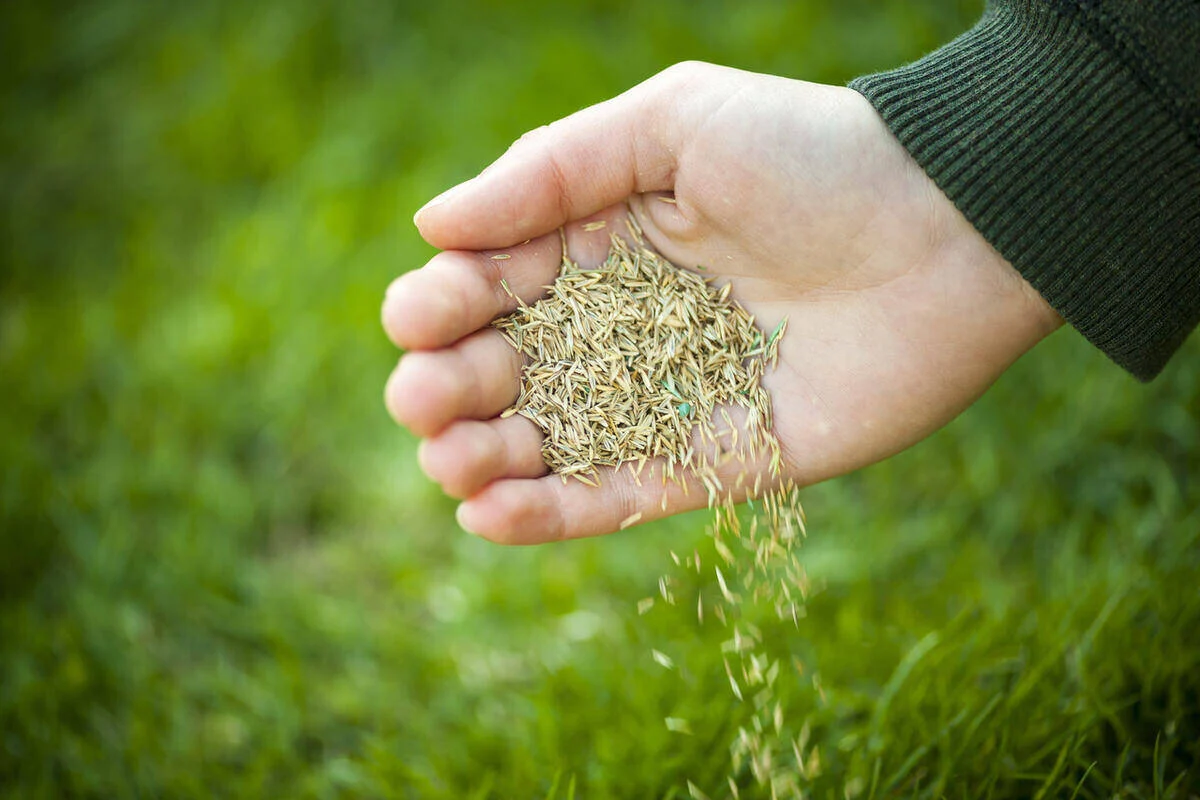
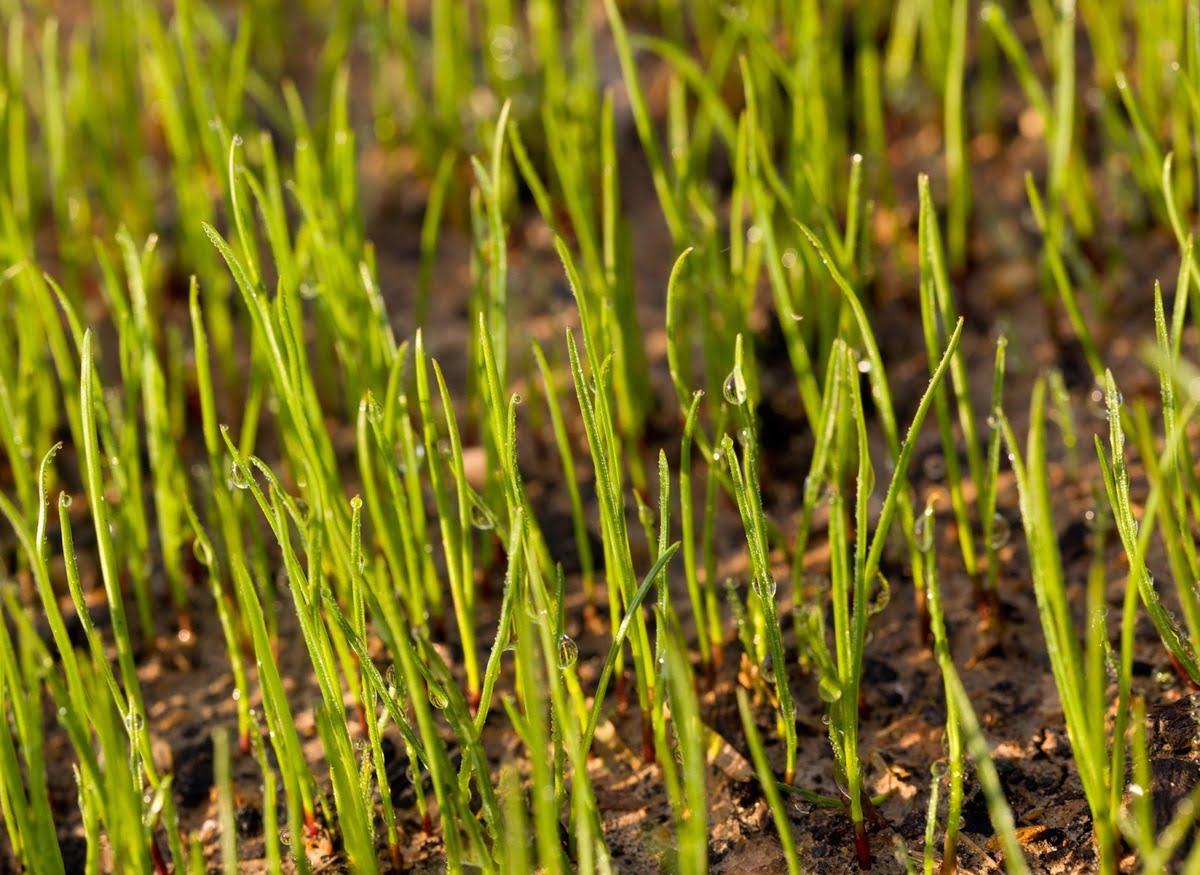
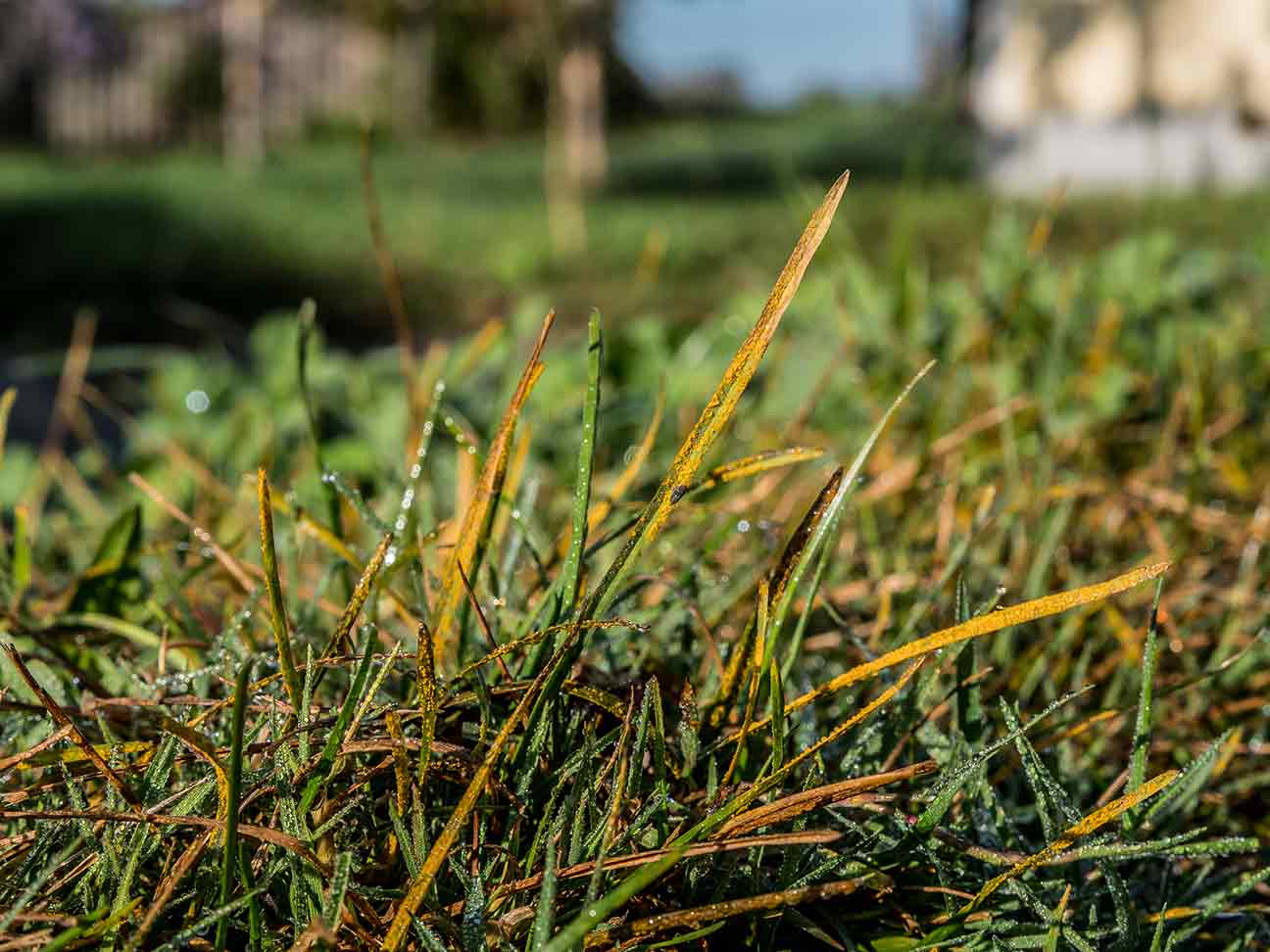
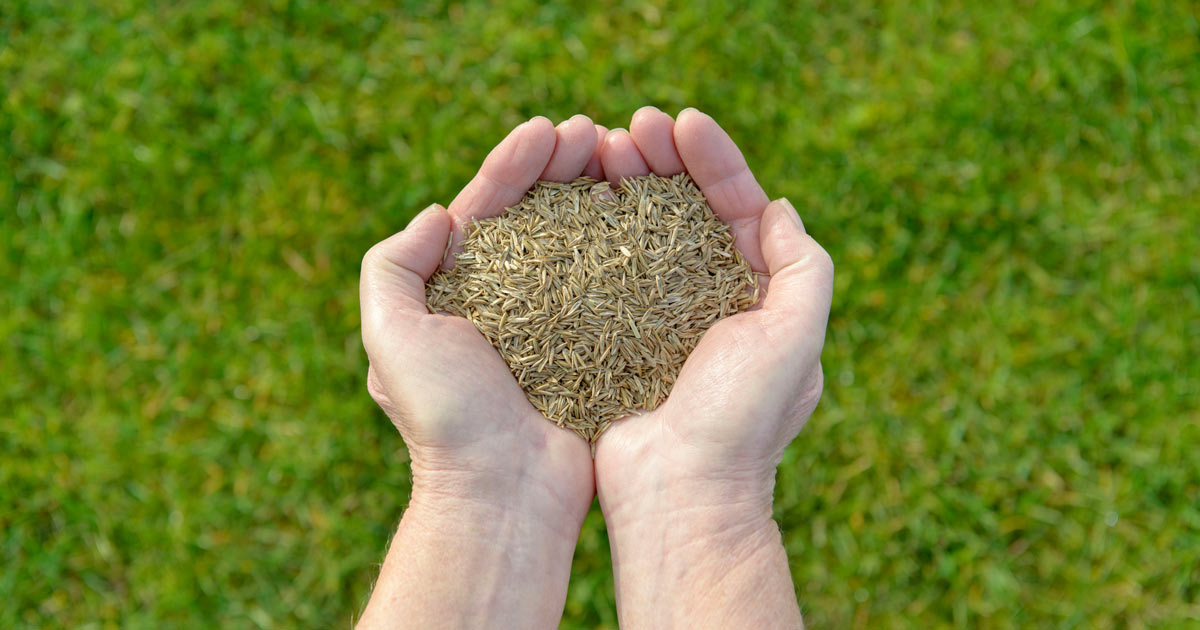
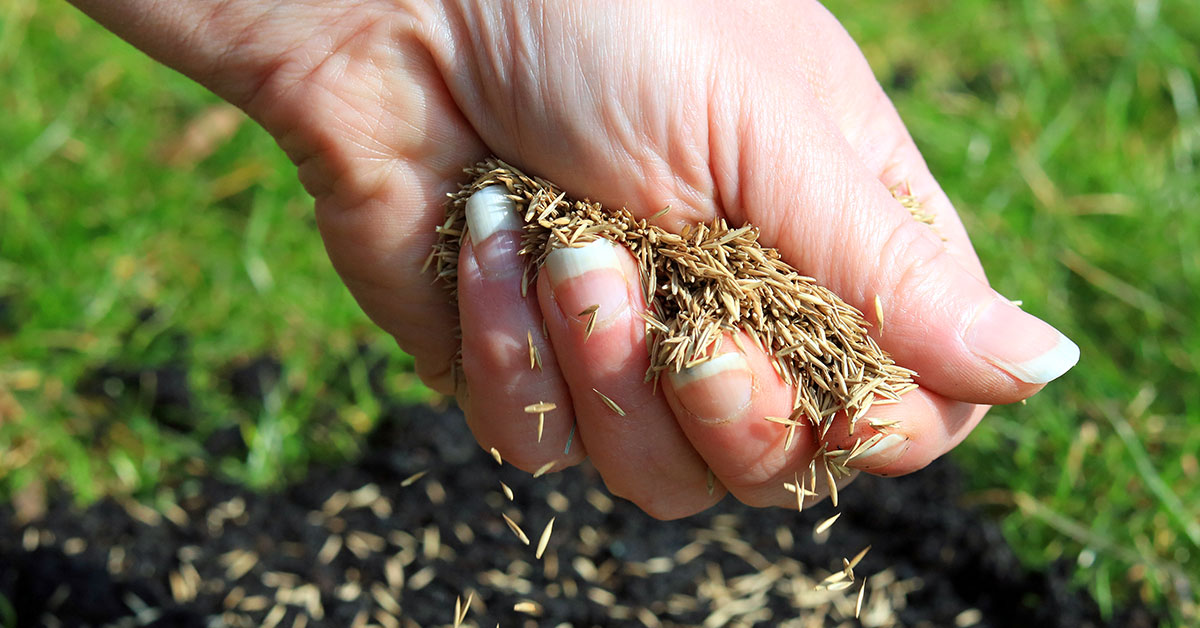

0 thoughts on “When Is The Best Time To Plant Grass Seed In Wisconsin”